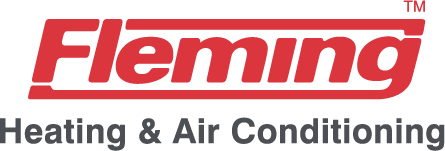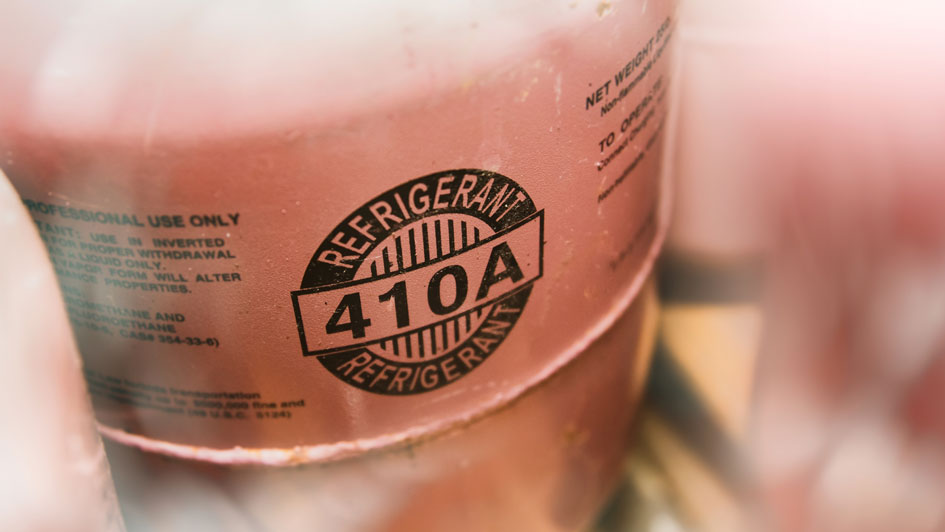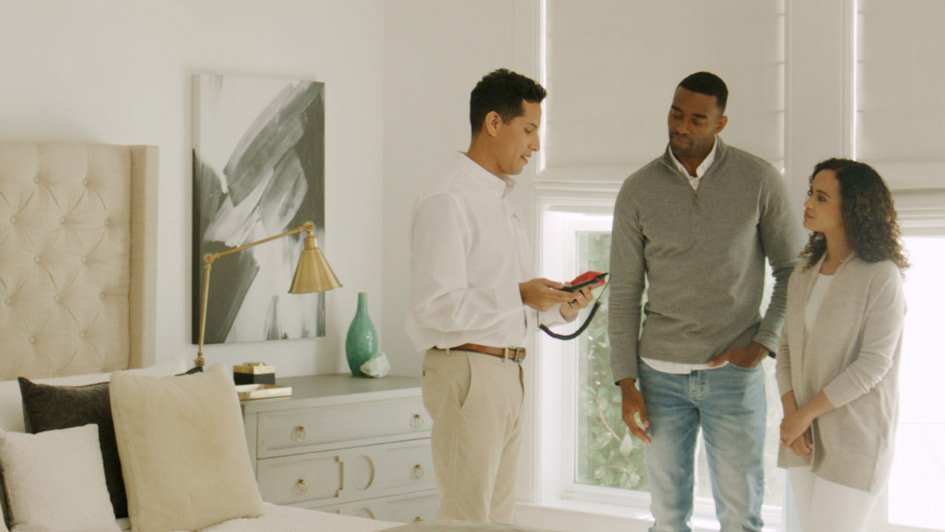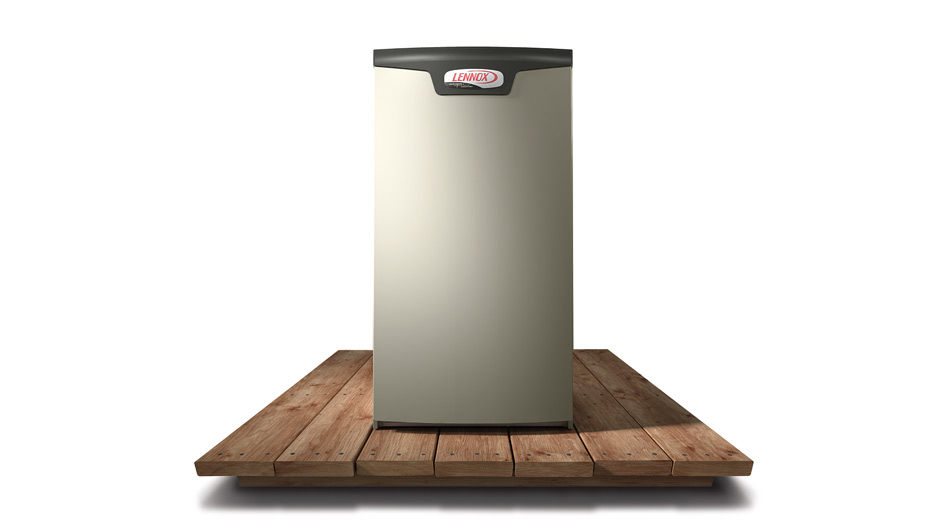Blog
Serving South Beloit and Belvidere and These Areas
Fleming Heating & Air Conditioning Inc
909 Doner Drive
South Beloit, IL 61080
Phone: 877-389-2465
402 Buchanan Street, Belvidere, IL 61008
877-544-4247
About Fleming Heating & Air Conditioning Inc
At Fleming Heating & Air Conditioning Inc, your home comfort is our top concern. That’s why we offer dependable HVAC equipment and excellent work in South Beloit and Belvidere. Our specialists are knowledgeable in a complete range of services, so you can have confidence in your results. They’ll offer the help you are looking for, whether it’s putting in an up-to-date HVAC system or working on and maintaining your present unit. We’re available to assist with all of your needs, so get in touch with us at 877-389-2465 or contact us online to schedule an appointment now.
© 2025 Fleming Heating & Air Conditioning Inc | All rights reserved












